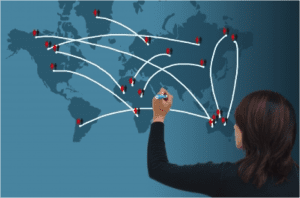
Customer Experience Mapping — Part II
Customers [and employees] expect exceptional experiences and have plenty of other choices should you not rise to the occasion. Lior Arussy As we are learning in

Customers [and employees] expect exceptional experiences and have plenty of other choices should you not rise to the occasion. Lior Arussy As we are learning in

Do you have an intimate understanding of your customers’ experiences when purchasing and then using your services and products? Given that mapping organizational workflows prove

In the late 70s, I learned a painful, but effective, lesson in leadership. At that time, I was playing softball in the Pan Am Games

For the past 30 years, I collaborated with small, medium and large organizations in redesigning their structures, systems and processes to fit their strategies and enable employees to serve their customers. In the 70s, we referred to this subsequent flattening of the organizational hierarchy as democratizing the workplace, which suited the social-spiritual ethos of the day. In the 80s and 90s, similar efforts were renamed as building high performing teams and workplaces. Almost two decades into the millennium, and organization designers now refer to these streamlined, democratic workplaces as adaptive enterprises. Regardless of what lessons we learned and labels we invented over the past 50 years, the purpose of an organization has never changed — to provide the necessary resources and training to front line staff so they confidently, considerately and joyfully serve clients.
© Copyright 2022 – Helen Maupin/Right to Joy – All rights reserved